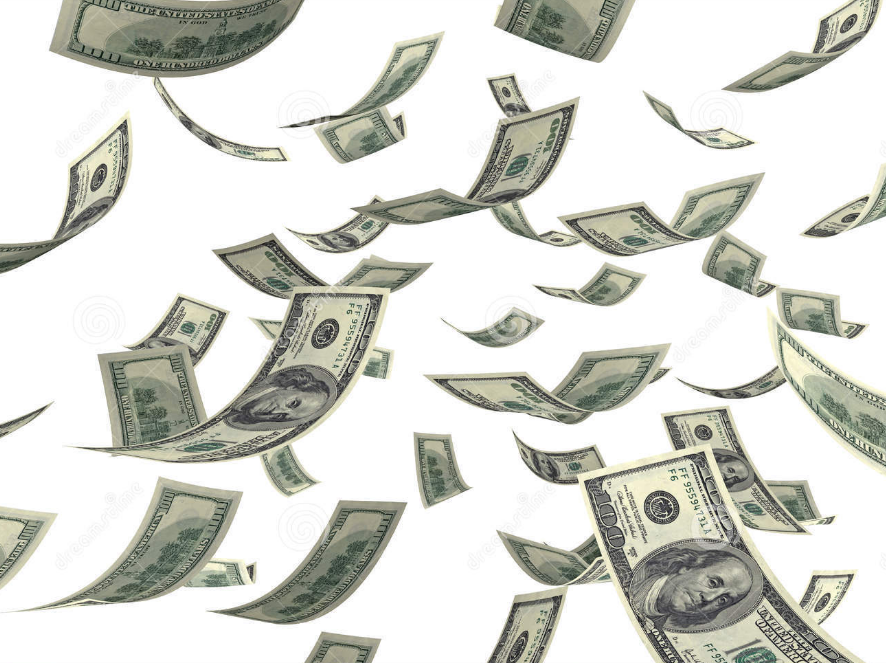Surprise! Switching to RFID can reduce your label costs by $100K+

Debunking the myth that RFID tags always cost more than barcodes:
When comparing the consumable costs of an RFID solution relative to a barcode solution, it is very important to differentiate between “open” and “closed” loop applications. A closed loop application occurs when a tag is affixed to an asset or product carrier and used over and over again in the system. Many manufacturing companies use some type of product carrier like totes, trays, and bins.
These customers print a new identifying barcode each time the carrier is reused. This results in a lot of barcode printing. While each individual barcode may be cheaper than a corresponding RFID tag, the total cost must be evaluated.
Total barcode cost = (cost of individual barcode) * (number of carriers in the system during the time period) * (number of cycles for each carrier in that time period)
The advantage of RFID tags is that they can be permanently affixed to these carriers. Special coatings and fasten- ers can be used to make sure they stay on. They don’t smudge, tear, or fade. They can withstand temperature extremes and still work when covered with grease and grime. Selecting the right RFID tag can mean a tag is affixed only once and reused over and over for five or even ten years.
Total RFID cost = (cost of RFID tag) * (number of carriers)
An Example:
A customer with 5000 totes used twice a day with $0.04 barcodes would pay ($0.04) * (5000) * (2) = $400/day or $100K over a 250 day work year or $500K over 5 years. Using a permanent RFID tag with polypropylene coating and aggressive adhesive would reduce the total cost to ($0.30) * (5000) = $1500 over the same five year period – a savings in excess of $499K!
Looked at another way, the $1500 in RFID tag costs would have a payback period of just over two days for this customer. A modest RFID deployment (tags + infrastructure) at this manufacturer would be paid for in less than 6 months by label savings alone without any other benefit from using the RFID data. Once other benefits are considered, this customer would reach breakeven in less than 3 months by switching to RFID and experience significant savings year after year.